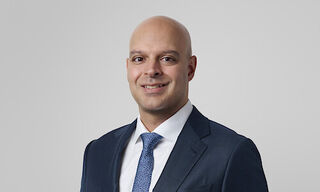Consumer demand for the precious metal – often viewed as a protector of wealth and a safe haven asset – is picking up across Asean, according to the World Gold Council.
Consumer demand for gold in Singapore grew 124 percent year-on-year to reach 2.7 tons in the second quarter of 2021, according to the World Gold Council, which published its «Gold Demand Trends» report for Q2 2021 on Thursday.
Demand was driven by gold jewelry purchases, up 118 percent year-on-year to reach 1.7 tons, and bar and coin purchases, up 132 percent to 1 ton, the report said.
Covid Impact
«COVID has had a significant impact on consumer confidence and it is in markets that have dealt with COVID more effectively that consumer demand for gold has been stronger,» Andrew Naylor, regional CEO, APAC (ex-China) at the World Gold Council, said.
Naylor noted the significance of the Asean market for the yellow metal. Vietnam, Thailand and Indonesia are among the top 10 consumer markets for gold worldwide, and Singapore has one of the highest per capita spending on gold globally, he said.
Complex Picture
Globally, consumer investment in gold increased during the quarter, but investment demand was less strong, resulting in a 9 percent rise in gold demand from Q1 2021 to reach 955.1 tons – in line with the equivalent period last year (960.5 tons).
Net inflows into gold Exchange Traded Funds (ETFs) were modest at 40.7 tons ($2.4 billion) during Q2, only partially offseting the heavy outflows the industry witnessed in the previous quarter. Overall, ETFs saw H1 net outflows for the first time since 2014, at 129.3 tons.
Global gold reserves also grew, with central banks purchasing 199.9 tons during Q2. For the first half of the year, central banks were net buyers – 333.2t, a figure that is 39 percent above the five-year H1 average.
Continued Improvement
World Gold Council said it expects continued improvement in the consumer elements of demand for the rest of the year.
«And while ETFs will most likely not repeat the record performance of 2020, the need for effective risk hedges and the continued low-rate environment supports our view that investors will add to their strategic allocations throughout the rest of the year,» Louise Street, WGC senior markets analyst, said.



























